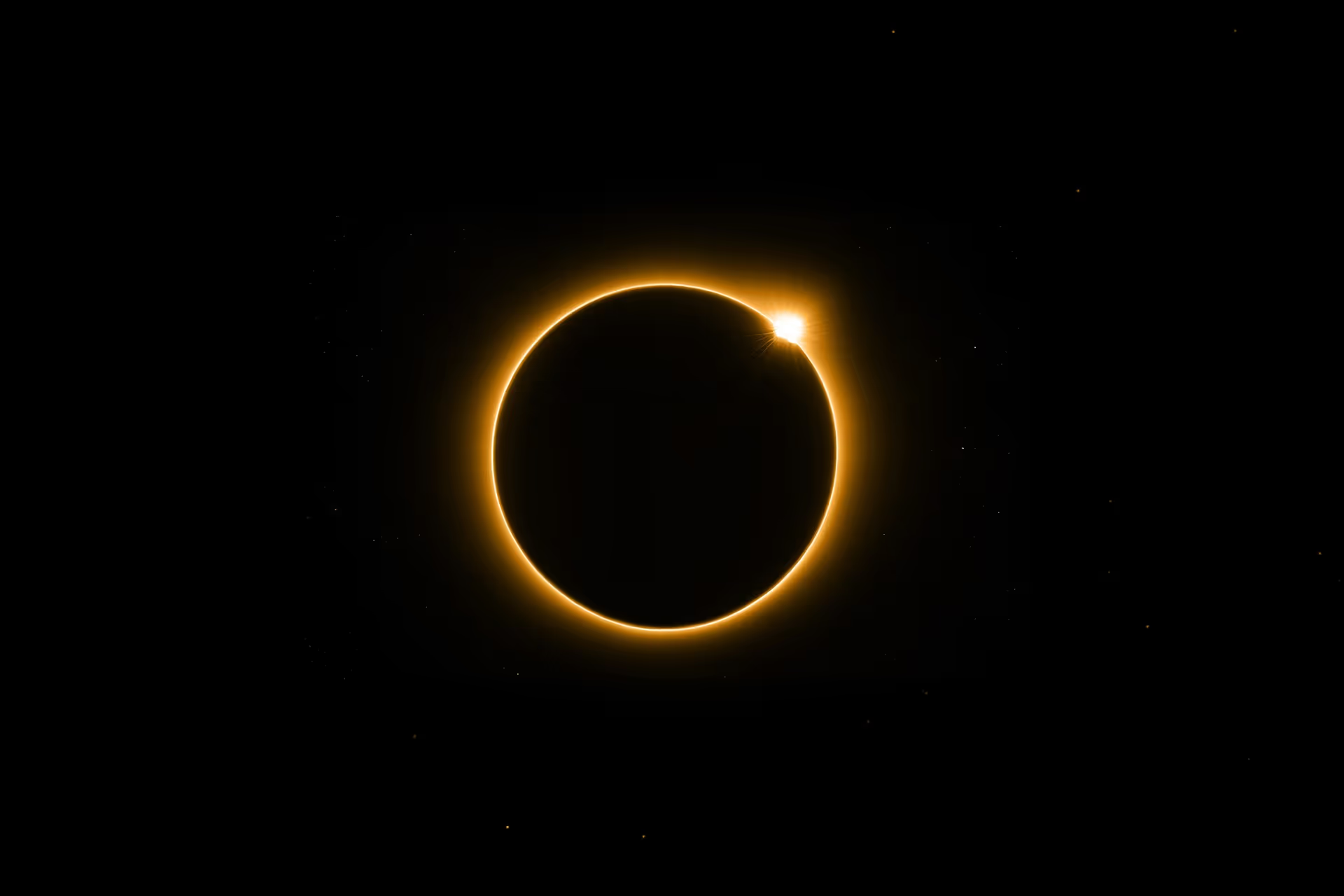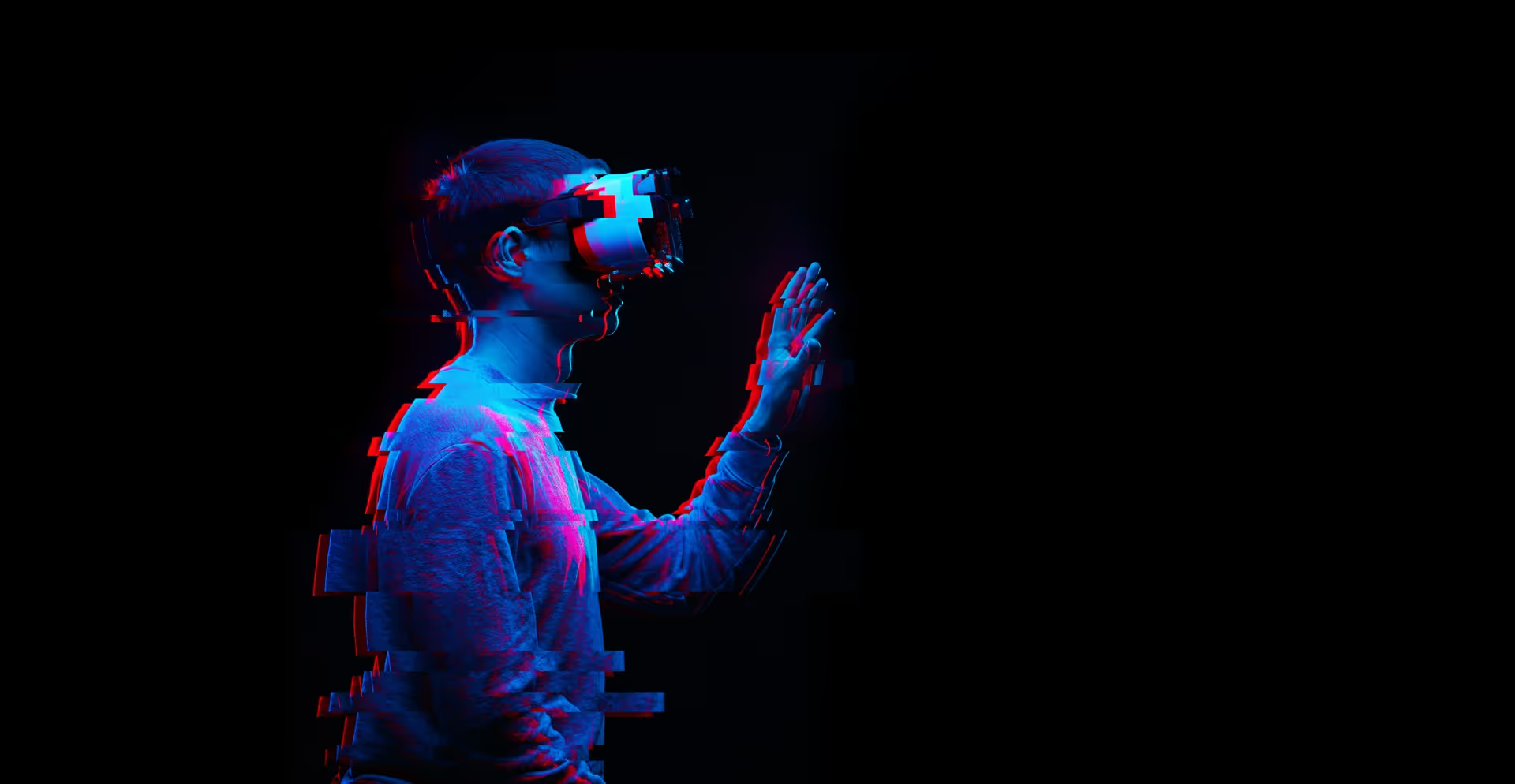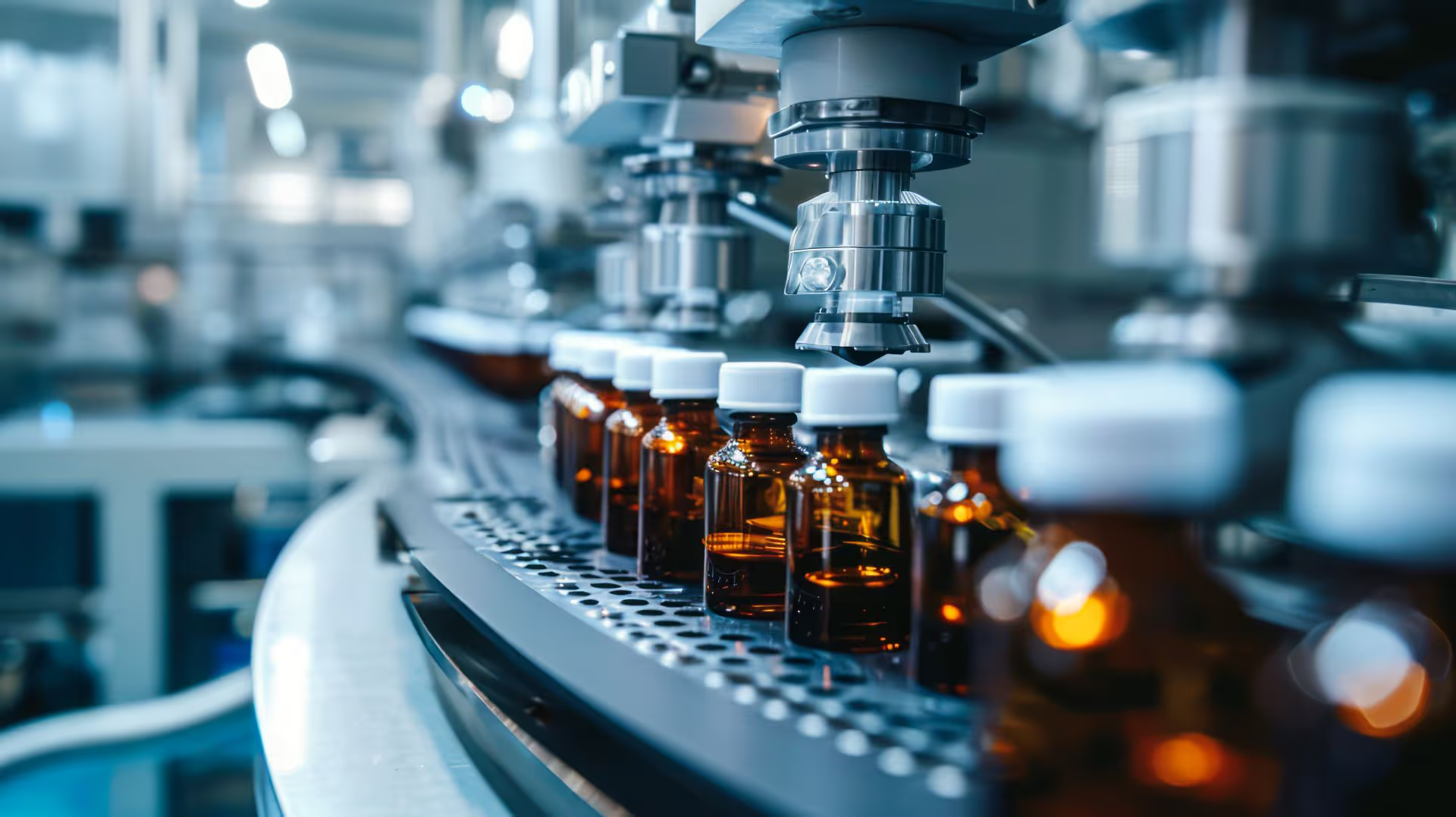The Supreme Administrative Court in the Czech Republic has referred questions to the Court of Justice of the EU (CJEU) about whether a substance categorised as an excipient in a marketing authorisation can nevertheless be considered an active ingredient in the context of an application for a Supplementary Protection Certificate (SPC), and about the information required for an additional active ingredient to be “specifically identifiable” based on the patent.
Background
Trastuzumab is a monoclonal antibody that is well known for the treatment of breast cancer under the brand name Herceptin®. Halozyme filed a family of SPC applications in respect of the product “trastuzumab and recombinant human hyaluronidase (rHuPH20)”, based on European patent EP 2 163 643 B1 (EP’643) and Roche’s centralised European marketing authorisation EU/1/00/145/002 for a specific formulation of trastuzumab (Herceptin®) with a new route of administration (“Herceptin subcutaneous” or “Herceptin SC”) that was the subject of a 2013 marketing authorisation extension. If granted, the SPC would grant Halozyme around a further 4.5 years of protection for Herceptin SC beyond the expiry of EP’643.
Legal assessment by national patent offices
A central question is whether the enzyme rHuPH20 should be considered an “active ingredient” under Article 1(b) of Regulation (EC) No 469/2009 (hereinafter “the SPC Regulation”) despite being classified as an excipient in the regulatory documents. If it should not be considered as an active ingredient, the SPC application would pertain only to a single active ingredient, trastuzumab, and would not meet the requirements of Article 3(d) of the SPC Regulation, since the antibody itself has already been the subject of an earlier marketing authorisation.
Articles 1(b) and 3(d)
Under Article 3(d), SPCs must be based on the first marketing authorisation to place the “product” on the market as a medicinal product. The “product” is defined in Article 1(b) as an “active ingredient” or “combination of active ingredients” of the medicinal product.
Parallel SPC applications for Herceptin SC have been litigated across Europe and the UK, with divergent outcomes: SPCs have been granted in Austria, Belgium, Germany, Ireland, Italy, Luxembourg, Poland, Portugal, Slovakia, Slovenia, Spain and Switzerland, while they have been refused in Czech Republic, France, The Netherlands, Sweden and the UK.
In the March 2024 decision of the UK Intellectual Property Office (UKIPO) to refuse SPC application SPC/GB15/047, the Hearing Officer applied the CJEU’s interpretation of Article 1(b) from Forsgren (C-631/13), in which it was held that an “active ingredient” is a substance that produces “a pharmacological, immunological or metabolic action of its own which is covered by the therapeutic indications of the marketing authorisation”. The UKIPO held that none of the regulatory documents justified that rHuPH20 had the “same pharmacological, immunological, or metabolic effect as the identified active ingredient trastuzumab”. rHuPH20 was, therefore, not considered an active ingredient under Article 1(b) and the SPC application was refused for not meeting the requirements of Article 3(d).
The Industrial Property Office of the Czech Republic (IPO CZ) likewise refused an SPC because, as rHuPH20 was classified as an excipient, the only “product” within the meaning of Article 1(b) to which the SPC application could relate was trastuzumab, and so the application did not meet the requirements of Article 3(d) of the SPC Regulation. The IPO CZ also held that the application failed to comply with Article 3(a) because the antibody trastuzumab was not mentioned in the claims nor description of EP’643.
Article 3(a)
Article 3(a) requires that the “product” is “protected by a basic patent in force”.
The relevant claims covering the combination read:
“12. A pharmaceutical composition, comprising the substantially purified hyaluronidase polypeptide of any of claims 1-4.
…
18. The pharmaceutical composition of claim 12 for use in treating a tumour, wherein the composition further comprises an anti-cancer agent selected from among a chemotherapeutic, an antibody, a peptide, a gene therapy vector, a virus or a DNA molecule.
19. The pharmaceutical composition of claim 18 for use in treating a tumour wherein the anti-cancer agent is an antibody.
20. The pharmaceutical composition of claim 19 for use in treating a tumour, wherein the antibody is a monoclonal antibody.
21. The pharmaceutical composition of any of claims 19 or 20 for use in treating a tumour, wherein the tumour is a cancer of the breast.”
The CJEU’s two-part test from Teva (C-121-17) states that Article 3(a) is satisfied where:
“even if the combination of active ingredients of which that product is composed is not expressly mentioned in the claims of the basic patent, those claims relate necessarily and specifically to that combination. For that purpose, from the point of view of a person skilled in the art and on the basis of the prior art at the filing date or priority date of the basic patent:
- the combination of those active ingredients must necessarily, in the light of the description and drawings of that patent, fall under the invention covered by that patent, and
- each of those active ingredients must be specifically identifiable, in the light of all the information disclosed by that patent.”
The IPO CZ considered that trastuzumab was not “specifically identifiable” as it was not individually mentioned in the patent.
Reference to the CJEU
In Halozyme’s appeal from the IPO CZ decision, the Supreme Administrative Court in the Czech Republic determined that the divergent decisions of national patent offices across Europe justified a referral of six questions to the CJEU (case C-456/24; listed at the bottom of this article), to seek to a unified interpretation of the law.
Questions 1-4 relate to the interpretation of Article 1(b). In short, the first question seeks to ascertain whether designating a substance in the marketing authorisation as an excipient precludes that substance from being deemed an active ingredient for an SPC application. If not, the second and third questions ask what evidence is necessary for establishing that the excipient is an active ingredient, i.e. is the correct legal standard that it must be demonstrably identifiable from the basic patent and other mandatory documents with the application that the ‘excipient’ has a therapeutic effect on its own (relevant to the authorised indication(s)), or would it be enough that the skilled person could have identified this effect as such at the filing/priority date? The fourth question addresses specifics about the nature and extent of the scientific evidence necessary to establish whether the hyaluronidase in the authorised product must be deemed an active ingredient as a matter of objective fact.
Questions 5 and 6 concern the interaction of Article 1(b) with Article 3(a) in respect of combination products (A+B). In short, these questions ask whether Article 3(a) is satisfied under the two-part test in Teva when the “subject of the invention” is only one of the active ingredients (A) and the claims indicate that it may be combined with other categories of active ingredients (including B), and whether it matters if the skilled person would have been able to identify combinations with other (authorised) active ingredients than B at the filing/priority date.
Discussion
The commentary provided by the referring court notes that “the Court of Justice has repeatedly held that an ‘active ingredient’ within the meaning of Article 1(b) of Regulation No 469/2009 must have a ‘therapeutic effect’ of its own”, citing the CJEU decision in Abraxis Bioscience (C-443/17), which related to the medicinal product Abraxane®, which is a formulation of paclitaxel and albumin. The referring court in that case had determined that, while the albumin component of Abraxane® has a potentiating effect on efficacy of the active ingredient paclitaxel, the albumin itself is solely an excipient and not an active ingredient. Hence, in the present case, the CJEU may simply refer to its earlier decisions, including Abraxis and Forsgren, to indicate that they have already clarified the meaning of Article 1(b). If the CJEU answers the first question as ‘no’, they would not need to address any of the subsequent questions, including those on Article 3(b).
The referring court considered that the assessment of SPC applications should be as simple as possible. Hence, if a marketing authorisation categorises a substance as an excipient, the court considered that there should not be a mechanism to re-evaluate its status (i.e. that the answer to the first question should be no) because this would be contrary to the procedural economy of examination of SPCs. In the event that the CJEU endorses the possibility of re-evaluating the role of a substance listed as an excipient, the referring court prefers limiting this re-evaluation to an examination of the contents of the patent and other mandatory documents for an SPC application (i.e. that the answer to the second question should be yes). They otherwise suggested that the re-evaluation could be an objective assessment of fact, regardless of date (i.e. that the answer to the third question should be yes). However, the court also noted that permitting reliance on evidence from research after the priority/filing date to underpin a change of categorisation of a substance to be an active ingredient would seem to be contrary to the balance of fairness for stakeholders of the SPC system.
Finally, it is interesting to consider the authorisation route for this product. Roche’s marketing authorisation for trastuzumab (Herceptin®) originally had only one authorised presentation, a powder to use to make a solution for intravenous use (EU/1/00/145/001). In 2013, an application was filed and granted to extend the authorisation to include a second presentation, a solution for subcutaneous use that included the excipient hyaluronidase (rHuPH20), on which the combination SPC applications were then based. There does not appear to be a particular discussion of this in the referral, but it is not a typical route for obtaining authorisation for a combination product leading to a combination product SPC. Rather, a new combination product (i.e. one acknowledging multiple active ingredients) usually requires its own marketing authorisation separate from the authorisation of the single active ingredient(s). That way, the regulatory authorities would specifically assess the safety and efficacy of the combination of active ingredients, rather than relying on earlier data in the authorisation of a single active ingredient. By categorising the hyaluronidase as an excipient, the authorisation holder appears to have been able to proceed by an extension of the global marketing authorisation, rather than to deal with the additional hurdles of an authorisation of a new combination of active ingredients. Hence, one could argue that, as a possibly less rigorous regulatory route was used, the reward of a combination SPC should be restricted accordingly.
We continue to monitor this case and other developments relating to SPC law in geographical Europe. Please contact a member of our SPC & Regulatory team if you have any questions about exclusivities for medicinal or plant protection products.
Referred questions
(1) Is Article 1(b) of Regulation (EC) No 469/2009 of the European Parliament and of the Council concerning the supplementary protection certificate for medicinal products to be interpreted as meaning that a substance expressly designated as an excipient, in the authorisation for a medicinal product, cannot be regarded as an active ingredient?
(2) If the answer to question 1 is in the negative, is Article 1(b) of Regulation No 469/2009 to be interpreted, in the light of Article 8(1) and Article 10(1) to (3) of that regulation, as meaning that a substance must be deemed to constitute an active ingredient if it has a therapeutic effect of its own which is included in the therapeutic indications of the marketing authorisation and which is also demonstrably identifiable from the basic patent and the documents mandatorily presented with the application for a certificate?
(3) If the answers to questions 1 and 2 are negative, is Article 1(b) of Regulation No 469/2009 to be interpreted as meaning that a substance must be deemed to constitute an active ingredient if it has a therapeutic effect of its own which is included in the therapeutic indications of the marketing authorisation and that a person skilled in the art would identify as documented as of the date of the basic patent application or the date of priority of that patent?
(4) Is Article 1(b) of Regulation No 469/2009 to be interpreted as meaning that, inter alia, an excipient must be deemed to constitute an active ingredient with a therapeutic effect of its own which is included in the therapeutic indications in the authorisation of a medicinal product for treating breast cancer, if it breaks down another substance that occurs naturally in the human body, thereby facilitating the effects of the product’s main active ingredient on cancerous cells in breast cancer, if, according to certain studies and scientific articles, that excipient or a substance related thereto has resulted, in and of itself, in vitro or in animal models, in arresting the growth of tumours of the same as well as another type, or to the shrinkage thereof, and if other scientific articles confirm its potentially similar effect in humans?
(5) Is Article 3(a) of Regulation No 469/2009, in conjunction with Article 1(b) thereof, to be interpreted as meaning that a product protected by a basic patent must also be deemed to include a combination of two active ingredients, if the subject of the invention to which the basic patent applies is only one of the two ingredients and the patent claims include its potential combination with other alternatively specified categories of active ingredients, one of which may include the other active ingredient, according to the opinion of a person skilled in the art based on the state of knowledge as at the date of the basic patent application or the priority date of that same patent?
(6) If the answer to question five is negative, is Article 3(a) of Regulation No 469/2009, in conjunction with Article 1(b) of that regulation, to be interpreted as meaning that a product protected by the basic patent may be considered as including a combination of two active ingredients, if the subject of the invention to which the basic patent applies is only one of the two substances and the patent claims include its potential combination with other alternatively specified categories of active ingredients, one of which included the only active ingredient that was the subject of the authorisation for the medicinal product, regardless of whether there were, as at that date, other substances falling into that same category?
























%20(1).jpg)


.avif)

.avif)

